How to Communicate Without Words
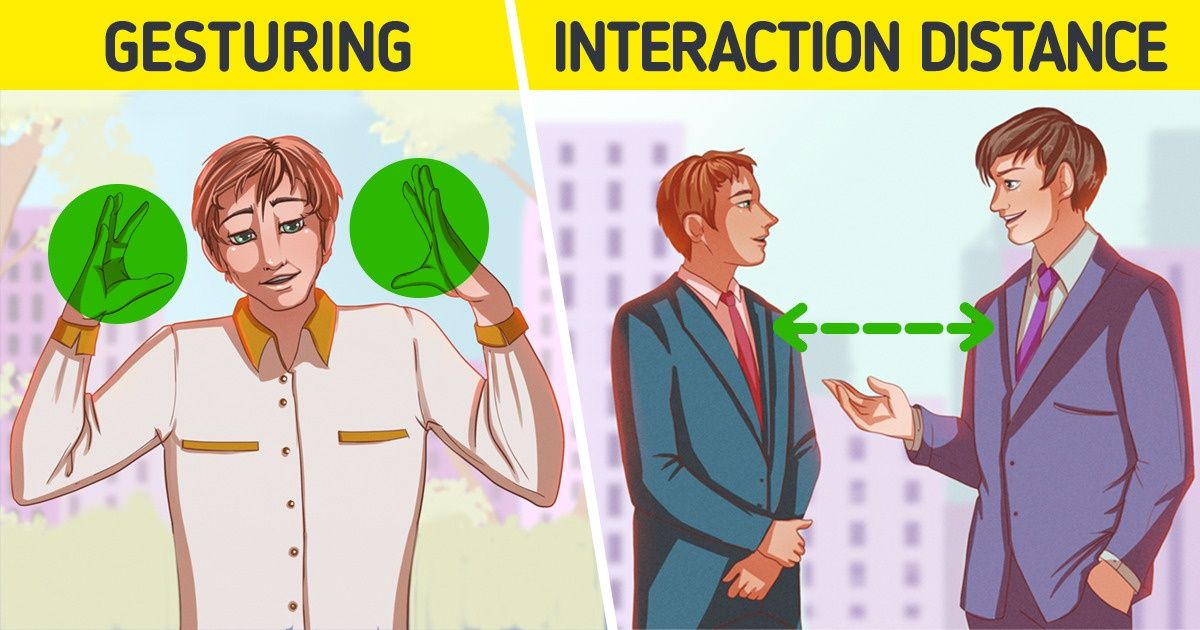
We don’t always have to speak to be able to communicate. A great example of this is facial expressions. We can convey exactly what we’re feeling by simply moving a few facial muscles. There are other ways to talk without using any words, like by using gestures, our tone of voice, and so on. We at 5-Minute Crafts will teach you all about them.
1. Voice
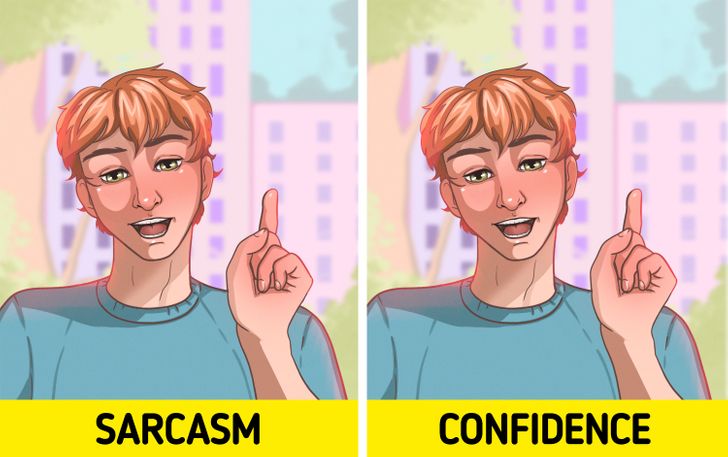
People will pay close attention to how you’re saying things, rather than simply listening to what you’ve got to say. Your pace, timing, tone, inflection and other general sounds all help convey different emotions, like sarcasm, anger, affection, or even confidence. For example, whenever you want to give someone a command, try to use a deeper pitch. It’ll sound strong and is often associated with leadership and authority.
2. Posture
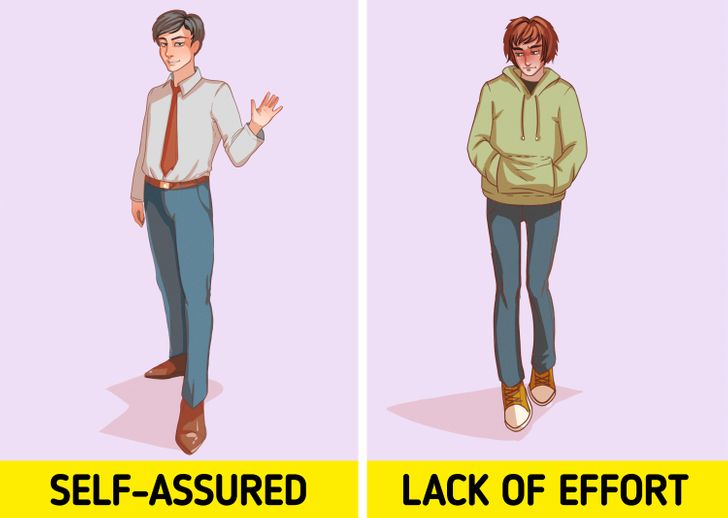
Your posture can indicate a number of different things. For example, standing tall can mean that you’re confident, healthy, and prideful. And on the other hand, if you’ve got loose shoulders and a bent position, it might indicate just the opposite — a lack of effort and even confidence. Whenever you think of your posture, think of your arms too.
Don’t cross them at your chest or keep them behind your back. This might come off as if you’re disengaging from the interaction or may even make you look threatening.
3. Illustrator gestures

Illustrator gestures will help you make your point. They’ll also make someone understand and remember your words better, as well as connect to them in a deeper way. For example, you could be saying something is big and make gestures accordingly (like holding your hands apart and far from each other).
That being said, whenever your hands support what you’re saying, those are called illustrator gestures.
4. Eye contact
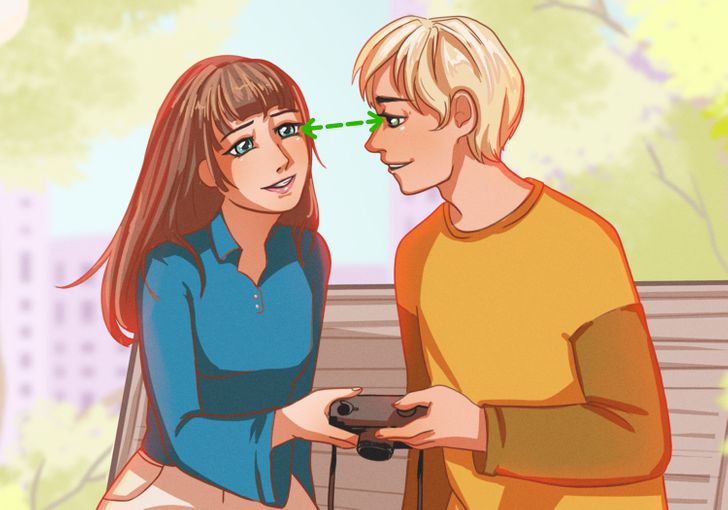
The sense of vision is dominant in most people, which makes eye contact really important when it comes to communicating without words. Just by looking at someone, you can be communicating a number of different things, such as affection, attraction, or even hostility. It also helps you keep the conversation in check and gauge the other person’s interest as well as their responses.
As an example, you should try to maintain eye contact with someone at least 50% of the time whenever speaking to them, and 70% while listening to what they’re saying. It’ll show them your confidence while also demonstrating your interest. You can take breaks, but try to at least maintain it for 4 to 5 seconds at a time.
5. Fidgeting
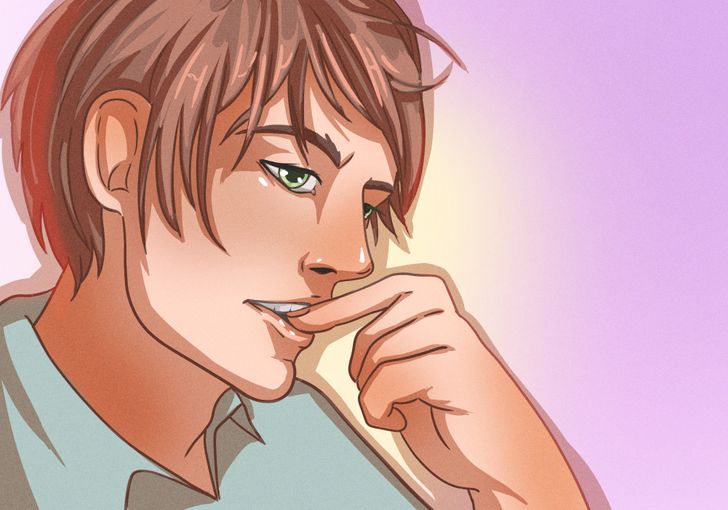
Biting your nails, shaking your knee, or even playing with something like a pen might show others that you’re either nervous or disinterested. It can mean that you’re feeling displaced, and you’re releasing externally whatever you’re feeling inside.
6. Space

Interaction distance can reveal what sort of relationship someone has with their peers. This can apply not only to couples but also to groups. For example, if you see 2 people hanging out with barely any space between them, you know that’s because they’re comfortable sharing their personal space with each other.
7. Facial expressions
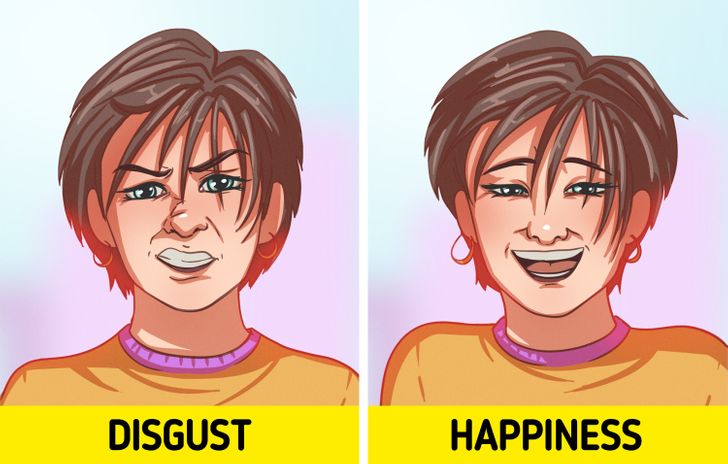
You might not even need to say a word if your face is showing fear, disgust, sadness, happiness, or other emotions as people will always understand what you’re feeling. This is because these expressions are universal across cultures.